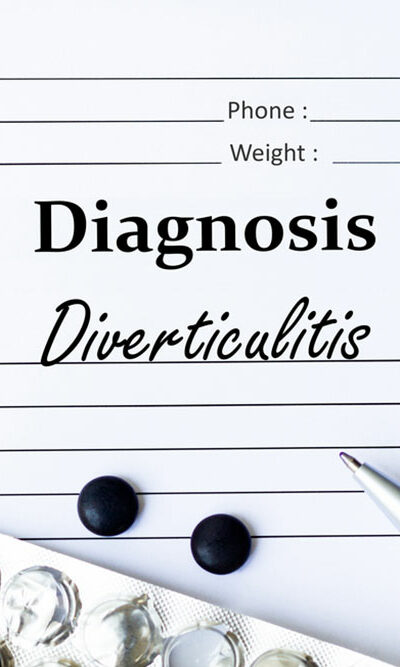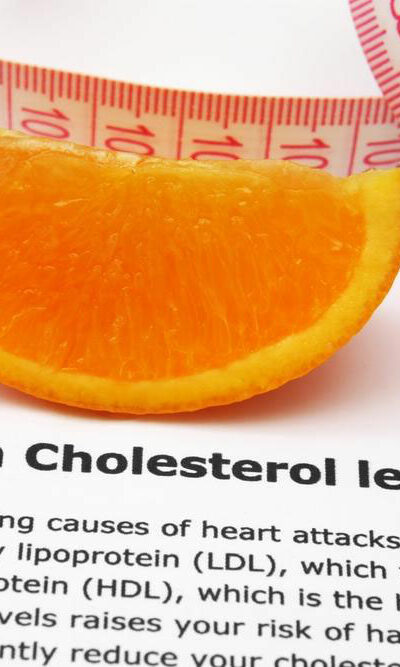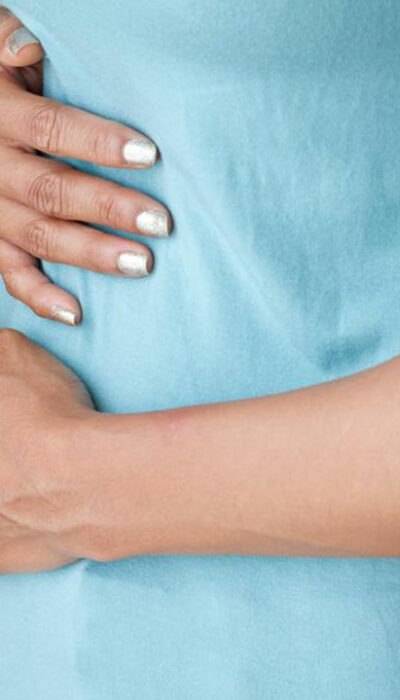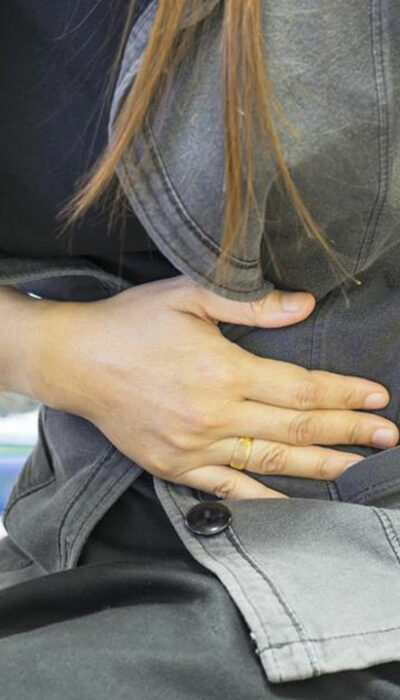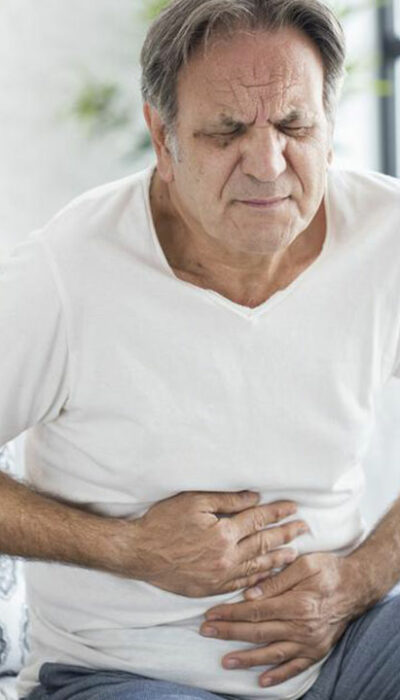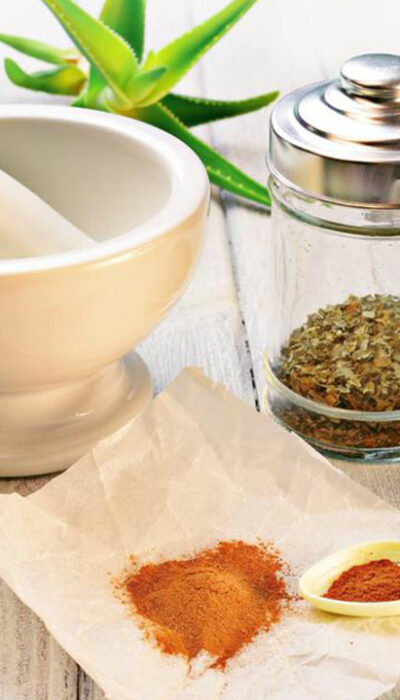
Effective Benefits of Apple Cider Vinegar
For thousands of years, apple cider vinegar (ACV) has been used by many people throughout the world as a health tonic. Studies have shown that ACV has many benefits like lowering the levels of blood sugar. This post will explore research behind the apple cider vinegar weight loss abilities and also offer tips on how to include ACV in your diet. What’s ACV? Apple cider vinegar is created via a two-step fermentation procedure. To start with, apples are crushed or chopped then combined with yeast in order to convert the sugar in them into alcohol. Then, bacteria are added; this ferments the alcohol into acetic acid. Initially, the production of ACV took about 30 days, but now manufacturers have accelerated the process. ACV can now be manufactured in a day. Acetic acid, also called ethanoic acid, is the active component of ACV. This organic compound has a strong odor and a sour taste. About 6% of ACV consists of acetic acid, though it also contains traces of other acids like malic acid and water. A tablespoon (15ml) of ACV has about 3 calories and no carbs. Benefits of acetic acid for fat loss: This fatty acid dissolves into hydrogen and acetate in your body. According to animal studies, the acetic acid in ACV promotes weight loss in various ways. This includes: Lowering blood sugar levels Decreasing levels of insulin Improving metabolism Minimizing fat storage Burning fat Suppressing appetite Even though the studies conducted on animals look very promising, more research is required in humans to confirm these effects. Apple cider vinegar diet is also gaining popularity among the masses. How ACV increases fullness and reduces calorie intake? Wondering why apple cider vinegar weight loss plans are becoming common nowadays? Well, apple cider vinegar is believed to promote fullness, and this can decrease your calorie intake.
